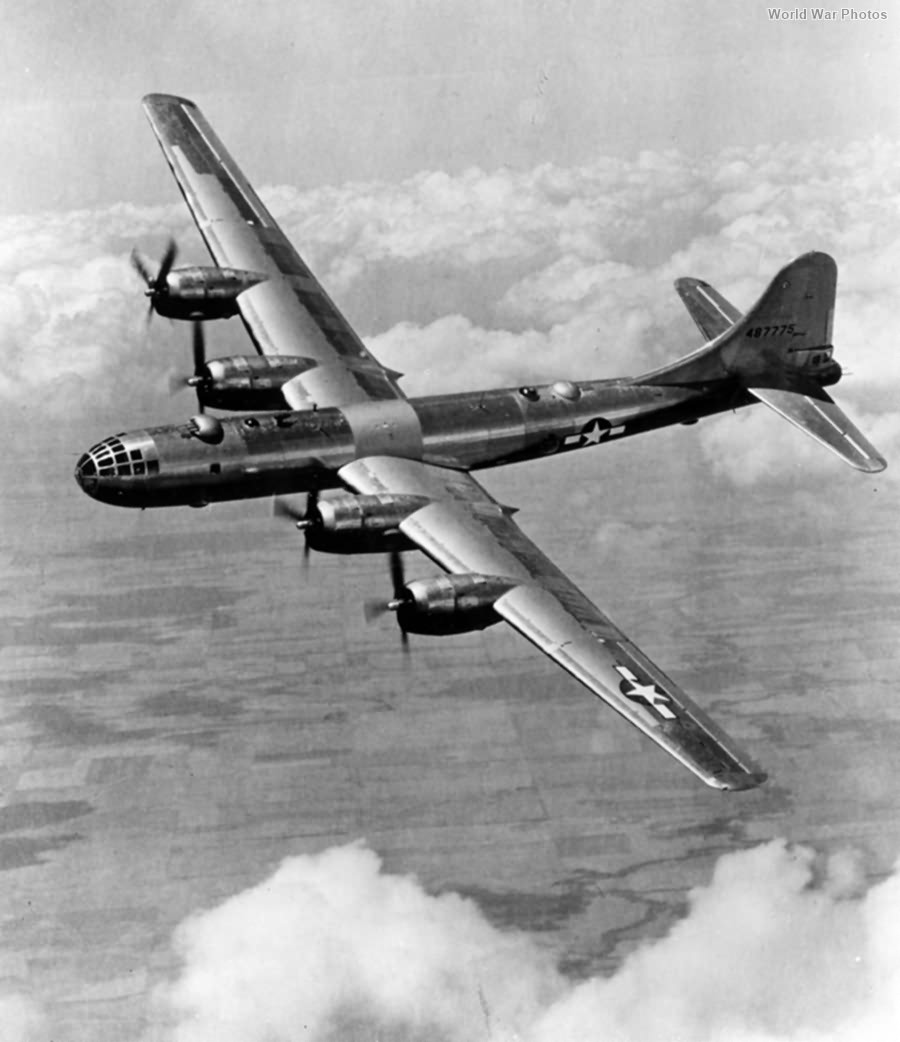The B-29 Superfortress was renowned for its advanced aerodynamic design, making it the cleanest large aircraft of its time. Here’s a detailed look at its design features and their impacts:
Aerodynamic Design
Fuselage and Wing:
- The fuselage was long and slim, designed to minimize air resistance.
- The wing utilized Boeing’s Model 117 laminar airfoil and had a high aspect ratio of 11, which significantly reduced drag and increased range.
Wing Area and Loading:
- The XB-29 had a projected gross weight of 120,000 pounds and a wing area of 1,739 square feet.
- This resulted in a wing loading of 69 pounds per square foot, unprecedented compared to the B-17’s 34 pounds per square foot.
- Boeing engineers defended this design by emphasizing the characteristics of the Boeing airfoil, the benefits of a high aspect ratio, and the effectiveness of Fowler flaps.
Innovative Features
- Fowler Flaps:
- These flaps not only increased lift for takeoff and drag for landing but also moved aft and down, increasing the effective wing area.
- Aerodynamic Cleanliness:
- Many traditional aircraft protuberances were eliminated.
- Flush riveting on all external surfaces and the use of butt joints instead of lap joints reduced skin friction.
- The smooth nose design, although reducing pilot visibility, minimized drag.
- The mid-wing location minimized drag at the wing-fuselage intersection, eliminating the need for complex fillets.
- The intersections of the engine nacelles and wings were particularly streamlined, making them the cleanest for a radial-engine design at the time.
Challenges and Trade-offs
- Engine Nacelles:
- Despite the aerodynamic efficiency, the minimal cross-sections of the engine nacelles contributed to chronic overheating problems.
- Overall Drag:
- Despite its greater size, the B-29 had the same overall drag as the much smaller and less powerful B-17.
- However, the aerodynamic drag more than doubled when the landing gear was lowered.
Conclusion
The B-29’s design incorporated advanced aerodynamics to reduce drag and improve performance, making it a highly efficient aircraft for its size and power. Its use of laminar flow airfoils, high aspect ratio wings, and streamlined features represented significant advancements in aircraft design. While these innovations resulted in exceptional aerodynamic performance, they also introduced challenges, such as engine overheating, which had to be managed carefully.
